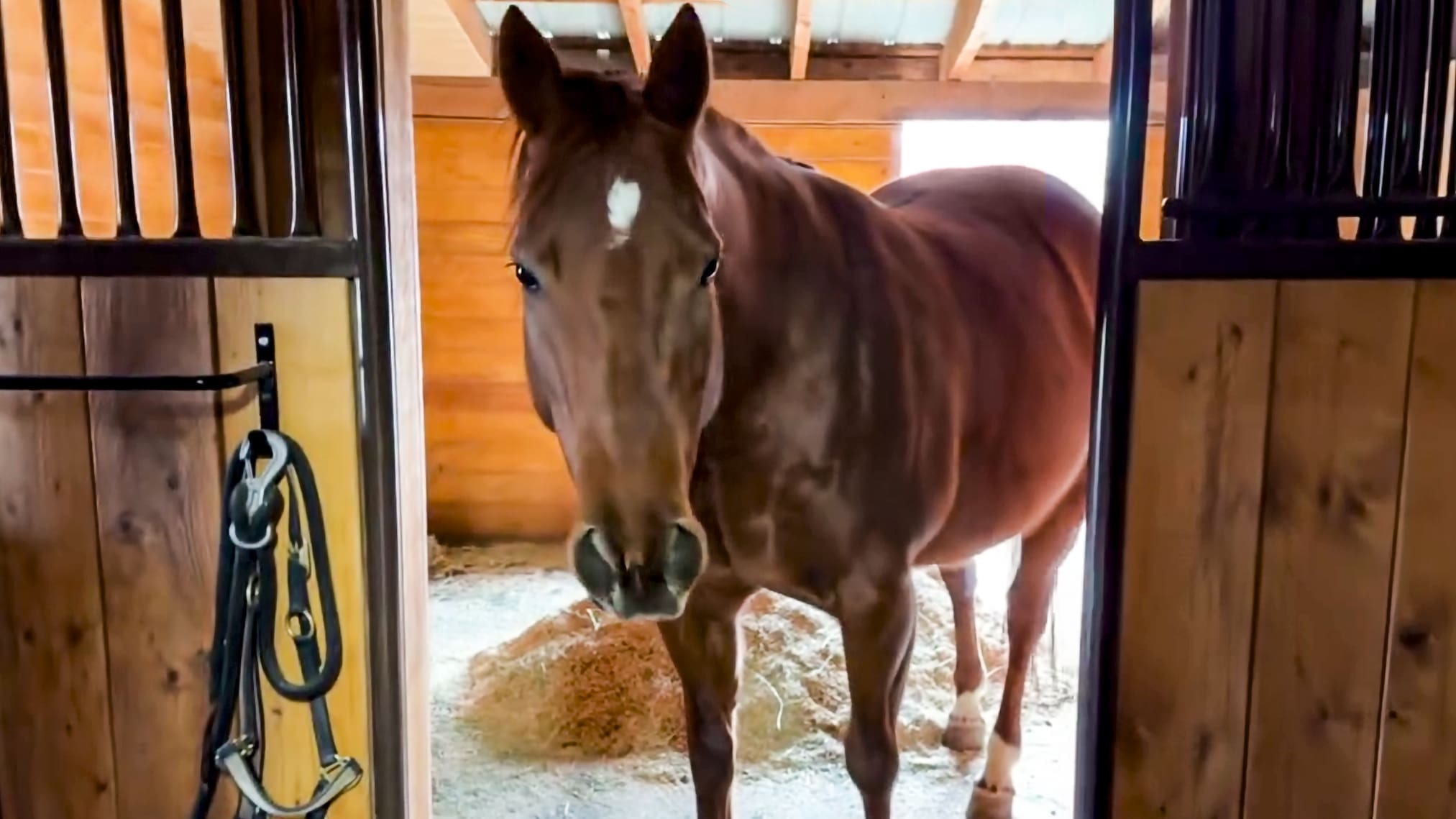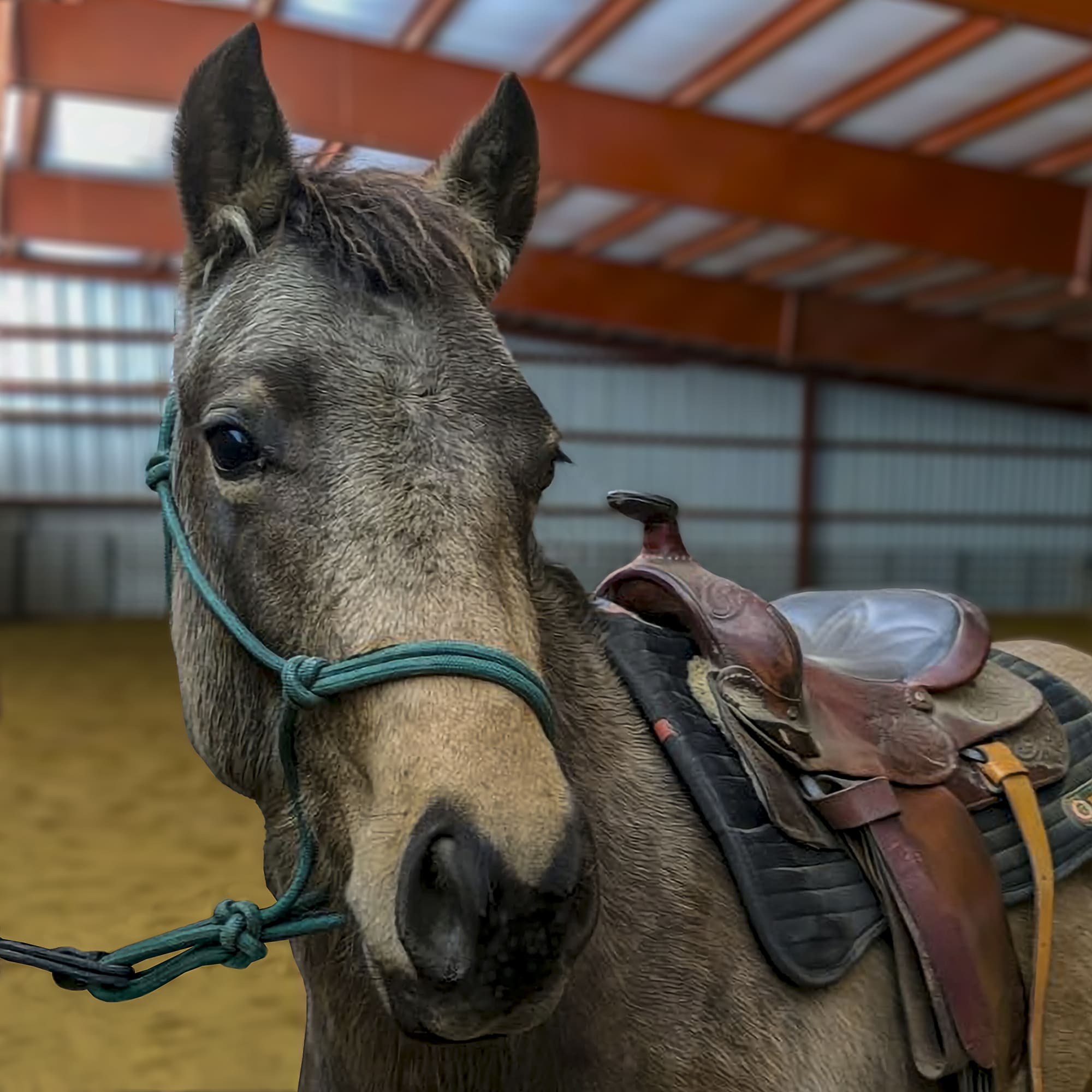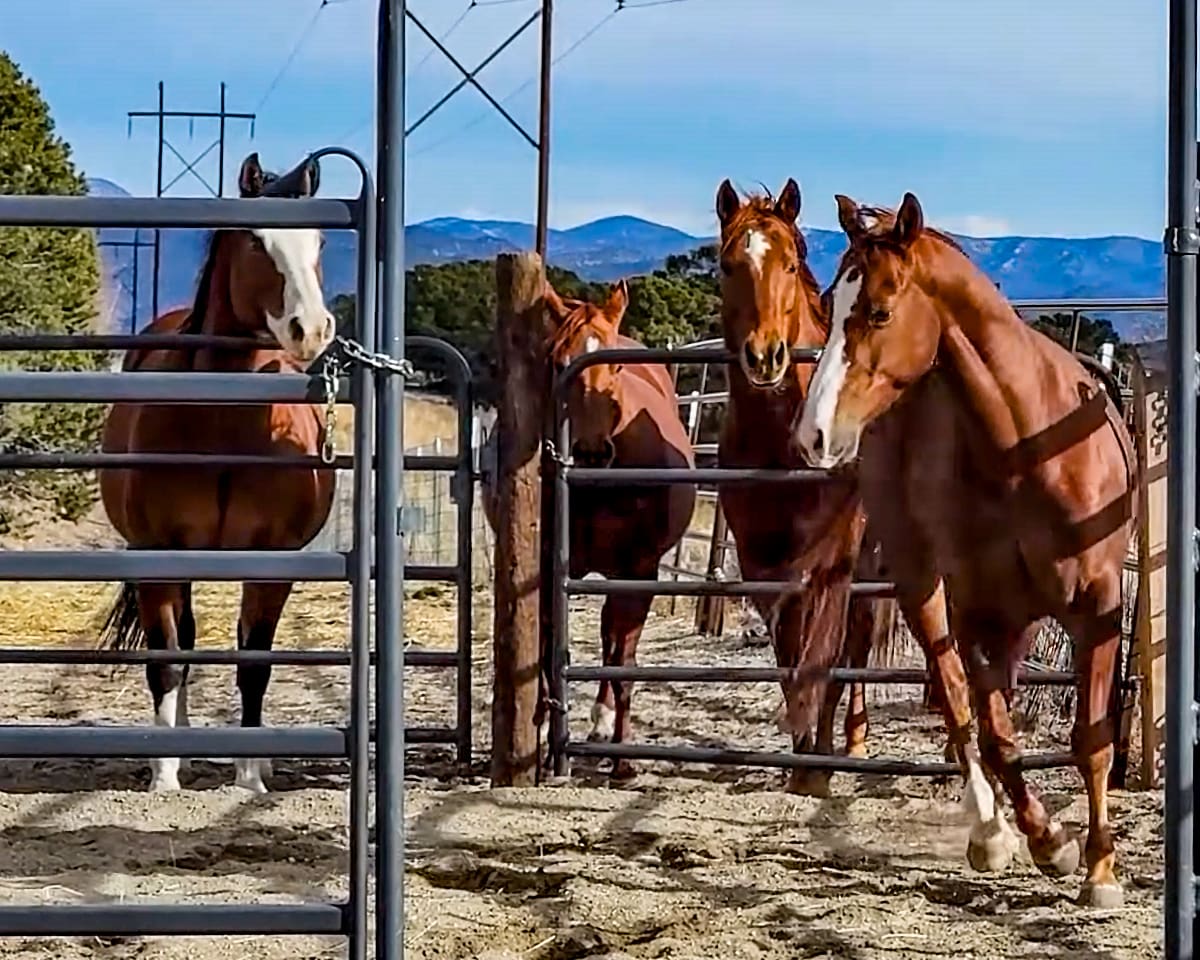Dear Julie,
My pony keeps her head up when I’m attempting to ride her in a collected frame. When I first got her she was so nervous about the bit in her mouth and what the rider might do. We outfitted her in a loose-ring snaffle, which has helped her put her head down somewhat. However, she still keeps her head up more then I’d like it to be. She has a wide back, but we worked hard to find a saddle that fits well. I’m pretty certain her head carriage isn’t due to saddle discomfort. I also ride her bareback and she carries her head high even then. What can I do to lower her head?
—High Headed
Dear High Headed,
Horses usually keep their heads up to avoid too much pressure from the bits on their tongues. When a horse puts her head up in the air, it allows the bit to slide to the back of her tongue as the pressure shifts to her lips and relieves the tongue.
You can feel how bad tongue pressure might feel to your horse by pressing your finger into your own tongue. Most horses that evade the bit are trying to find a release to this awkward tongue pressure.
Depending on the design of your pony’s bit, she might be feeling an unbearable amount of pressure. Look for a bit that offers some tongue relief—you’ll want a bit with a port (a convex-shaped bridge in the middle of the bit that allows the tongue relief). A ported bit might look like something that will cause your horse to feel more pressure, but in reality, the design allows the tongue to relax. I’ve used Myler Bits for years and have found that they’re designed to relieve tongue pressure, and allow your horse to feel as relaxed as possible. Only when a horse is relaxed can she pay attention to your cues instead of her own discomfort.
Even when they are comfortable, horses must first be trained to respond properly to the bit; responding to the tool that you put into their mouths isn’t something they do naturally. You have to teach them how to find release from the bit’s pressure and how to “give” to the bit both laterally (to the side) and vertically (up and down). I have a training video called, Bit Basics that teaches you how to teach your horse to respond to lateral and vertical bit pressure so that you can use a bit as a kind communication tool. The video addresses how to train a young horse that’s never had a bit in her mouth, and how to re-train an older, inexperienced or confused horse.
I teach young and “rehab” horses to respond to pressure and find the proper release by applying light pressure to the bit through the reins (whatever amount of pressure it takes to make the horse notice and start looking for a way out of the pressure). I then watch the horse’s head closely. At the first instance her head drops—even a fraction of an inch— I release the rein pressure and rub the horse on the neck. Soon she will learn that when she drops her head, the pressure goes away. It’s best to use one rein when applying this constant pressure—ride with two hands, but only ask your horse to respond to the pressure on one side at a time. If you pull on two reins simultaneously you risk her locking her jaw or stiffening her neck.
Once your pony knows how to give to pressure on the bit, it’s your job to make sure she finds a small release every time she does the right thing and lowers her head. Most people make the mistake of continuing to put pressure on a horse’s mouth once she’s done the right thing. That’s when a horse continues to look for a release of pressure and ends up raising instead of lowering her head—to evade the bit and find a release in her own way. With soft hands and a bit with tongue relief, you can show your horse that there’s a release when she has her head in the proper position. She must have an incentive to drop her head and her incentive and reward is the release of pressure. Good luck with your pony!




No comment yet, add your voice below!